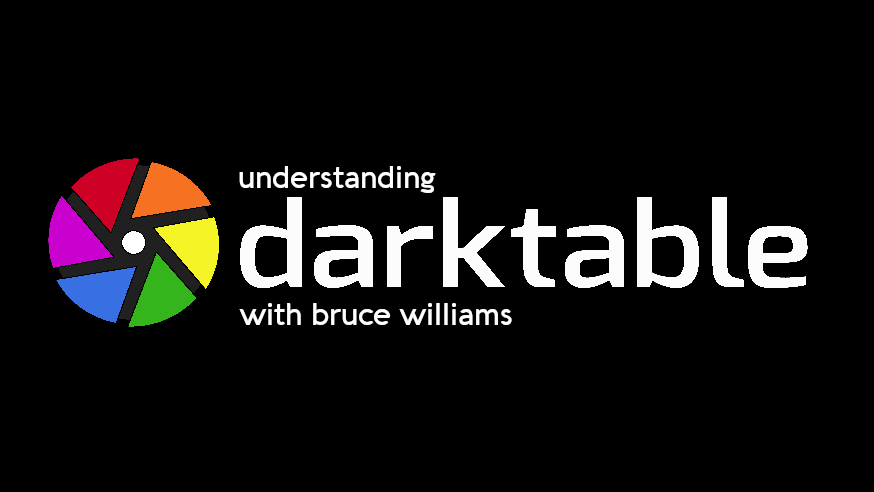

You can twiddle these sliders to tweak and refine the sharpening applied to an image. The sharpen module has 3 sliders for radius amount and threshold. Often one of these presets will be all you need. Especially for some of the complex and hard to understand modules. Many modules come with pre-installed presets provided by the devs. You can create as many presets as you want within a module and apply one to an image by selecting it from the hamburger menu to the right of the module name. In darktable, a preset is a saved set of settings for one processing module. A convenience/time saving feature, basically. Except the style gets saved to a permanent library rather than disappearing when you close the program. Styles are quite like copying the processing history stack from one file and pasting to another. I've created styles for B&W, B&W with heavy grain and a default style, just to get me started and save on a bunch of clicks. You can then go and edit each file and add any custom edits to individual files. The processing steps in your style will be applied to each of the selected files in turn with just the one click.

Then click the "apply" button at the bottom of the panel. Then in the styles panel on the right side of the Lighttable tab, click on your newly minted style name. To use the style, select one or more images in the Lighttable tab. You'll now notice there is a new style saved in the styles panel with the name you just gave it (it may be the only style in the panel). Give the style a unique name eg "My default edits style Option 1" and click the save button. Untick any modules you don't want to be in your new Style. A pop up will appear, with a long list of all the processing modules currently applied to your selected exemplar image. In the right hand side panel, find the section called "Styles".Ĭlick the "create" button. Click on the image you just edited (make sure it is just this image!). Don't apply any fancy custom edits, just the basics.įinish your edits and switch to the Lighttable tab. Repeating these steps over and over for every image is wearing out your mouse and your arm.įind a typical unedited image in your catalogue.Īpply the routine basic processing steps you usually use in the darkroom tab. The fundamentals of your standard processing is similar for many images. You probably give each image custom processing, but over time you notice that there are bunch of standard things you nearly always do to each image. Let's say you have a standard processing routine (or perhaps several alternatives) that you tend to apply to your images. They are used to apply a saved image processing history to one or more files at a click of a button. In a nutshell, styles are a library of stored and named image processing histories. One such basic feature for me in dT is "styles". However, with any complex product there will be features you overlook - maybe because you didn't understand what they were when you first encountered them, or just had no need to learn about them at the time.

Particularly for DCRaw, you can use the following command: dcraw -v -w -M -H 0 -o 0 -6 -W -g 1 1 -f -m 1 -T …/_MG_1234.I've been using darktable for 4 years now as my primary editor.

Set gamma 1,00 and linearity 0,000.Īlso make sure Embed exif data in output is enabled. Highlights for positive EV: digital linear, load Argyll’sĬlayRGB1998.icm both as camera and output profile, withĪn absolute colorimetric rendering intent. Unchanged, restore details for negative EV: clip, clip Particularly for UFRaw, make sure camera white balance is Sure not to override the output color profile while Linear rec2020 for input and output color profile. Is unchanged, disable basecurve, disable sharpen, set a Particularly for Darktable, make sure camera white balance Then apply cropping, and lens distortionĬorrection if needed, be careful not to apply lens Possible, effectively creating a color management Profile, and rendering intent to absolute colorimetric if Gamma (1.0) and set input and output profile to the same Software, and disable all possible processing. Open the respective RAW in your favorite RAW processing


 0 kommentar(er)
0 kommentar(er)
